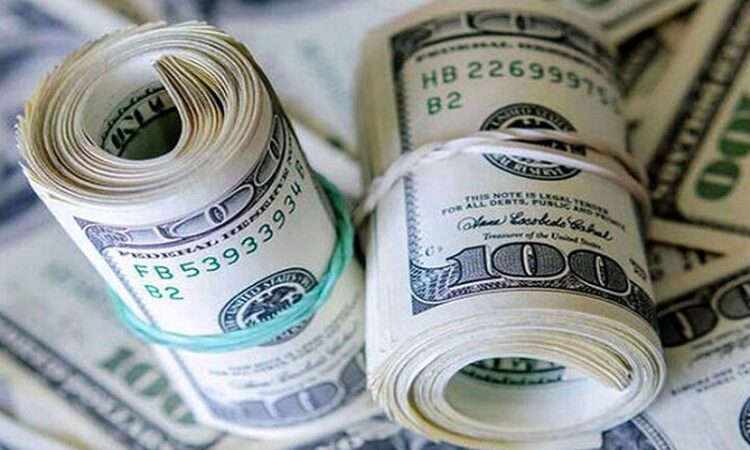
In the final days of the Persian calendar year, which the regime’s supreme leader Ali Khamenei dubbed the “year of inflation control,” the exchange rate for the US dollar soared to 60,000 tomans, while the price of each gold coin hit a historic high of 37,700,000 tomans.
According to gold and currency information sources, on Saturday, March 16, the dollar was trading at 60,200 tomans, with the British pound at 76,600 tomans.
Despite a $9 drop in the global price of gold per ounce, the price of the Bahar Azadi coin reached 37,700,000 tomans, with half coins at 22,500,000 tomans and quarter coins at 13,750,000 tomans.
The dollar’s upward trend, which commenced at the beginning of February, has been setting new records in the market daily following the regime’s parliamentary and Assembly of Experts for Leadership elections on March 1.
Simultaneously, reports indicate that the Central Bank of the Islamic Republic of Iran has conducted auctions for the gold coin, initially at a rate of 93,000 tomans per dollar, later increasing to 100,000 tomans per dollar with the public’s acceptance.
Exchange Rate’s Impact on Iran’s Economy
Exchange rates are among the primary determinants of a country’s economic capacity and significantly impact foreign trade, with their fluctuations exerting swift effects on domestic production.
As the domestic currency depreciates (resulting in an increased exchange rate), net exports rise, albeit with a corresponding increase in production costs. Wide exchange rate fluctuations can have both positive and negative repercussions on the economy, including extreme inflation. This inflation, in turn, can alter production and investment landscapes, affect domestic and foreign markets, and influence foreign trade dynamics, such as exports and imports.
A decrease in the real exchange rate elevates the prices of export goods in foreign markets while reducing the prices of imported goods in domestic markets, thereby shifting total demand towards foreign goods and services and underutilizing available economic capacities.
Iran’s economy heavily relies on the importation of capital goods, intermediate goods, and raw materials. In such a scenario, a weakened national currency, increased production costs, and the stagnation or closure of industries are expected outcomes.

